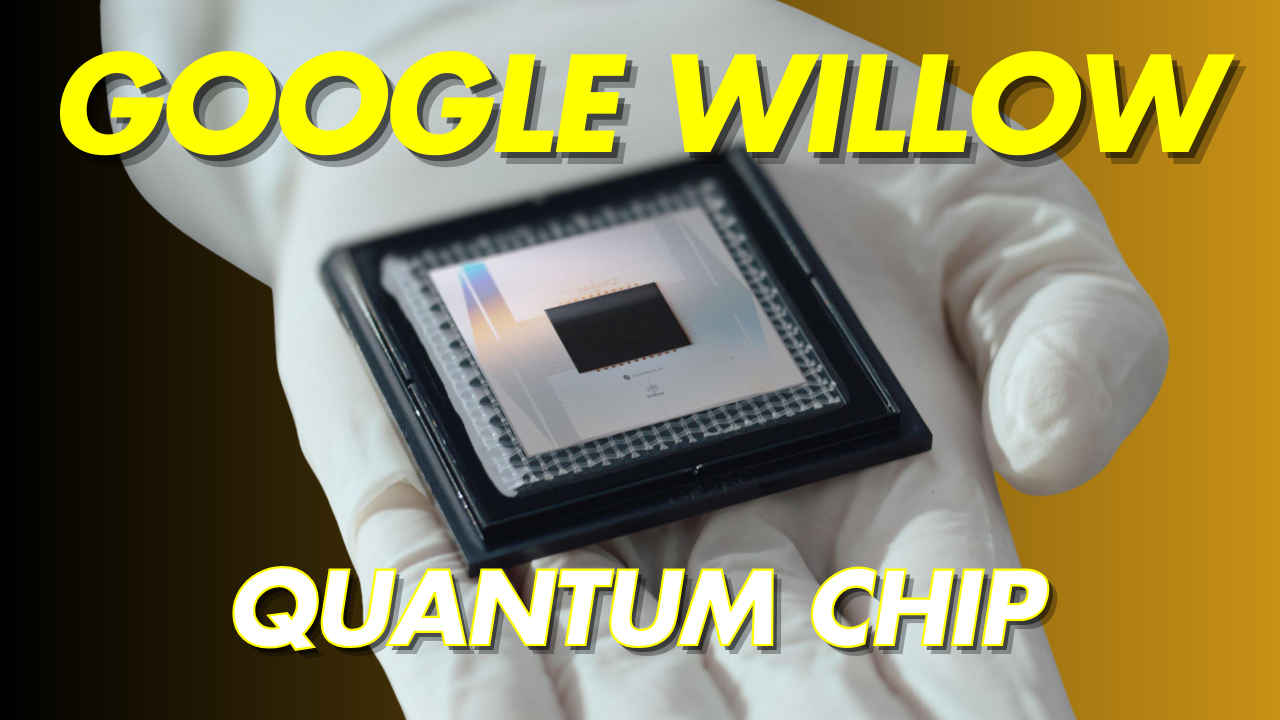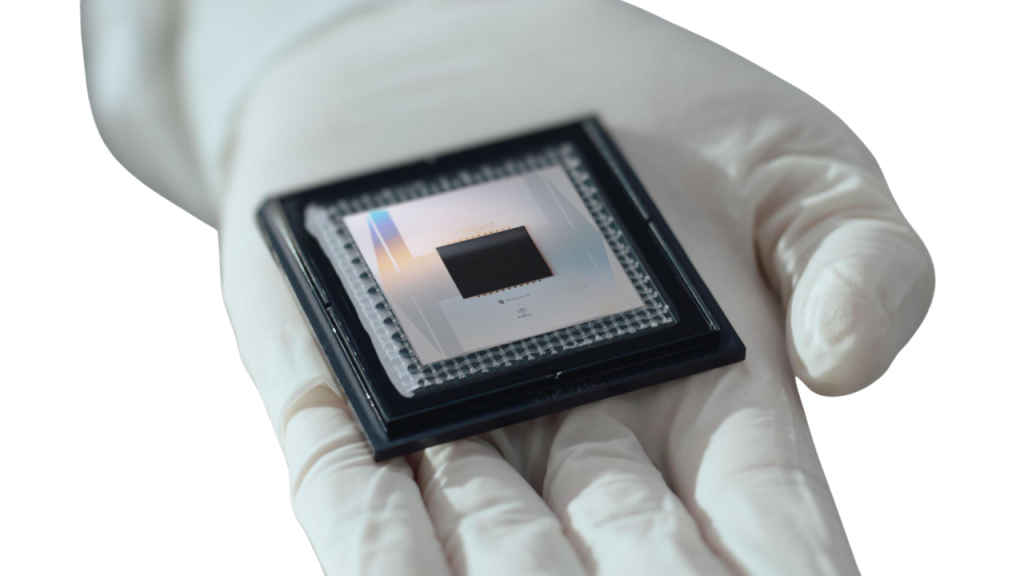Google Willow quantum chip explained: Faster than a supercomputer

Google might be battling antitrust cases left, right and centre, but that isn’t stopping the search engine giant from taking big strides into the future of quantum computing. Google showed off Willow, its latest and most powerful quantum computing chip till date. According to Google and Alphabet CEO Sundar Pichai, Willow is a “state-of-the-art quantum computing chip with a breakthrough that can reduce errors exponentially.”
 Survey
SurveyAlso read: Google unveils quantum computing chip Willow and even Elon Musk is impressed
In his online tweet, Pichai shared more words about the Willow quantum chip’s exceptional performance – which according to Hartmut Neven, Google’s Quantum AI chief, is unlike anything that classical computing can match.
In Google’s official blog post on the announcement, Neven claimed that Willow performed a standard computational task in under five minutes, which would otherwise take one of today’s fastest supercomputers 10 septillion (or 1025) years to complete. Sounds crazy, doesn’t it?
If there’s one thing certain it’s that Google’s latest quantum computing chip, Willow, represents a significant advancement in the field, showcasing unprecedented computational capabilities. Let’s check them out one by one…
Inside Google Willow quantum computing chip
Willow is Google’s state-of-the-art quantum processor, featuring 105 qubits – quantum bits that can exist in multiple states simultaneously, enabling complex computations beyond the reach of classical computers (which are capable of doing only binary operations in 0 and 1 states). Developed at Google’s Quantum AI lab, Willow utilises superconducting materials and operates at ultra-low temperatures to maintain quantum coherence.

Compared to the IBM Heron H2 quantum chip announced in November 2024, which has 156 qubits, the Google Willow may seem to be weaker in comparison. But a notable innovation in Google Willow is its enhanced error correction rate, achieving an exponential reduction in error rates as qubits are added, which is a critical step toward building scalable quantum systems in the future.
Google Willow quantum chip’s key achievements
In Google’s internal benchmark tests, Willow performed a computational task in under five minutes – a feat that would take the world’s fastest supercomputers 10 septillion years (10^25 years) to complete. This performance itself surpasses Google’s 2019 Sycamore processor, which solved a problem in 200 seconds that classical computers would need 10,000 years to tackle.
Also read: Shaping the future of quantum computing: Intel’s Anne Matsuura
Another critical advancement with Google Willow is its enhanced error correction – which is insanely important, especially for quantum computers. By increasing the number of qubits and implementing real-time error correction, Willow reduces error rates exponentially, a milestone published in Nature. This development addresses a longstanding challenge in quantum computing, where adding qubits often introduces more errors into the system. At least, Google Willow seems to have found a way to get around this foundational roadblock towards building a quantum computing system in the near future.
Importance of the Google Willow quantum chip
Google Willow’s breakthroughs in computational speed and error correction in quantum computing definitely mark a pivotal step toward practical deployments of quantum computing. These advancements open avenues for real-world applications across various industries. In the field of AI, it will enhance machine algorithms and data analysis like never before. Help us find new medicine and pharmaceutical drugs for increasingly more personalised medical treatments. Quantum computing can also optimise energy systems in a way that classical computers just can’t, and pave the way for advancements in fusion energy research at an unprecedented rate.
By overcoming key obstacles in quantum error correction, Google Willow brings us closer to quantum computers that can solve complex problems currently deemed too big and time consuming for classical systems.
With the unveiling of Google’s Willow chip, are you dreaming of owning a quantum computing PC in your home? That will take some time, as current quantum computing systems are highly sensitive, requiring ultra-low temperatures and specialised environments, making them impractical for personal use. According to experts, quantum computing will disrupt fields like cryptography, medicine and AI, but will be largely accessible through cloud-based services rather than personalised devices. Yeah, despite rapid advancements, it may be several decades before quantum computers become commonplace in households around the world.
Also read: PQC encryption standardised: How they secure our digital future in quantum computing era
Jayesh Shinde
Executive Editor at Digit. Technology journalist since Jan 2008, with stints at Indiatimes.com and PCWorld.in. Enthusiastic dad, reluctant traveler, weekend gamer, LOTR nerd, pseudo bon vivant. View Full Profile